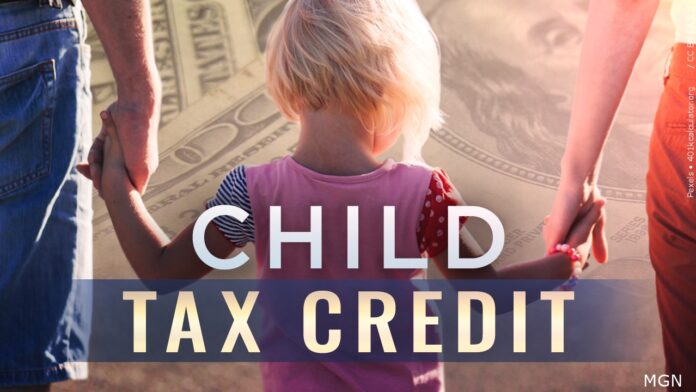By OMAR I. RODRIGUEZ, Special to MyRGV.com
Last week, Congress voted to proceed on a transformative bill that would, among other things, keep a potent new instrument in the fight against child hunger.
The expanded Child Tax Credit, which Rio Grande Valley families first began receiving in July, helps offset the growing cost of raising kids.
The program has already proven its worth as an investment in a healthier future. In just two months, food insecurity rates for Texas families with children have fallen 27% statewide.
Texans who received the credit report that food is their most common purchase.
We’re not surprised. The last year has been extraordinarily challenging for many Texas families, and household food budgets are most susceptible to unforeseen change.
Even prior to the pandemic, one in seven Texas families were forced to make hard choices between affording enough food and other needs, like health care, housing and transportation.
With the help of our community, the Food Bank of the Rio Grande Valley successfully weathered the intense demand that followed the pandemic’s early days. But our need remains greater than before.
Based on our experience following the 2009 recession, we expect hunger to fall slowly over the next few years while many families dig themselves out of a deep financial hole. Not all families recover at the same pace.
Congress can expedite their recovery and build a solid foundation to cut child poverty in half by making the current Child Tax Credit permanent. This money will help our families feed themselves for today, as well as make investments in a more stable future for their children.
It’s common sense that when families make ends meet, kids do better! Research on similar programs across the country has demonstrated not only that participants’ basic needs are met, but that associated improvements in stress and health boost full-time employment and academic achievement.
As these families’ spending and earning potential grows, so does our economy. That benefits everyone.
According to the Niskanen Center, “Across the next 12 months, we estimate that the CTC expansion will boost consumer spending by $27 billion, generate $1.9 billion in revenues from state and local sales taxes, and support the equivalent of over 500,000 thousand full time jobs at the median wage. . . In particular, rural regions stand to benefit from a substantial injection of relative purchasing power equivalent to 1.35% of non-metro Gross Domestic Product.” This is a win for families and a win for our economy.
Congress has their marching orders – but we can all do more to promote the Child Tax Credit locally.
Families with very low-incomes who did not file taxes in 2020 will not receive the tax credit automatically. They must go online to a portal like GetCTC.org in order to claim their credit.
There are many ways that our nonprofit community, local government officials and state agencies like HHSC can ensure that every eligible RGV resident knows about the credit and how to request it.
This historic opportunity to reduce child hunger and poverty in the RGV is an idea that everyone should get behind.
The outcome will be healthier families and a healthier society.
Omar I. Rodríguez is Senior Manager, Grants & Advocacy, for the Food Bank of the Rio Grande Valley, Inc.




